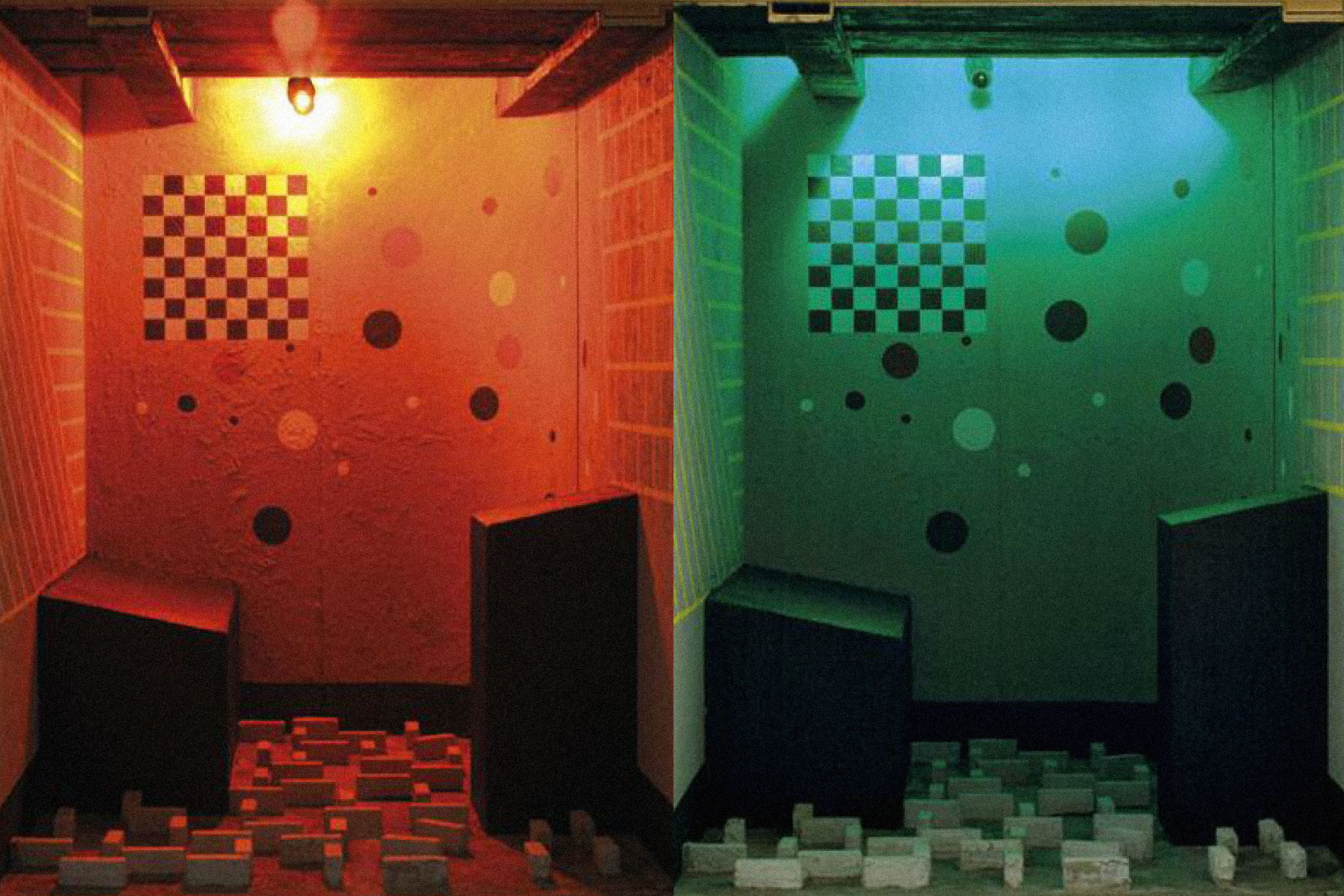Clement Greenberg, “Avant-Garde and Kitsch,” in Art and Culture (Beacon Press, 1965), 9.
Greenberg, “Avant-Garde and Kitsch,” 8.
Cited in Max Bill, introduction to Wassily Kandinsky, Über das Geistige in der Kunst (Benteli Verlag, 1952), 10–11.
Georg Lukács, Essays on Realism (MIT Press, 1980), 112–13.
Andre Breton, “On the Time When the Surrealists Were Right,” in Manifestoes of Surrealism (Ann Arbor Paperbacks, 1977), 243ff.
See →.
Mikhail Lifshitz, The Crisis of Ugliness (Brill, 2018).
This text was originally given as a lecture in the Distinguished Lecture series at the Jordan Center at NYU on October, 10, 2019.
